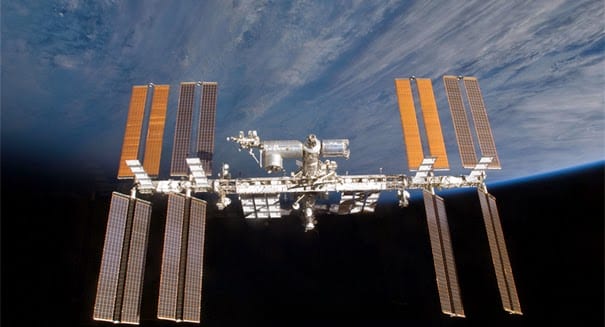OPALS is designed to test communication via lasers at bandwidths higher than are possible with radio waves; OPALS is capable of transmitting data at rates 10 to 1,000 times faster than radio wave methods. In the future, laser communications will be used to talk with spacecraft in low-Earth orbit and beyond. “It’s incredible to see this magnificent beam of light arriving from our tiny payload on the space station,” said Matt Abrahamson, mission manager for OPALS at the Jet Propulsion Laboratory. “We look forward to experimenting with OPALS over the coming months in hopes that our findings will lead to optical communications capability for future deep space exploration missions.” OPALS needed extremely exact targeting for its experiment, with the space station orbiting Earth at 17,500 miles per hour. During Thursday’s test, the Optical Communications Telescope Laboratory at the Table Mountain Observatory in Wrightwood, California, provided a laser beacon for OPALS to lock on to with its own beam. OPALS modulated its beam to transmit the message over 148 seconds; the highest data transmission rate recorded was 50 megabits per second. Each copy of the message was transmitted over only 3.5 seconds, a far quicker rate than the over 10 minutes that would have been needed with radio waves.
